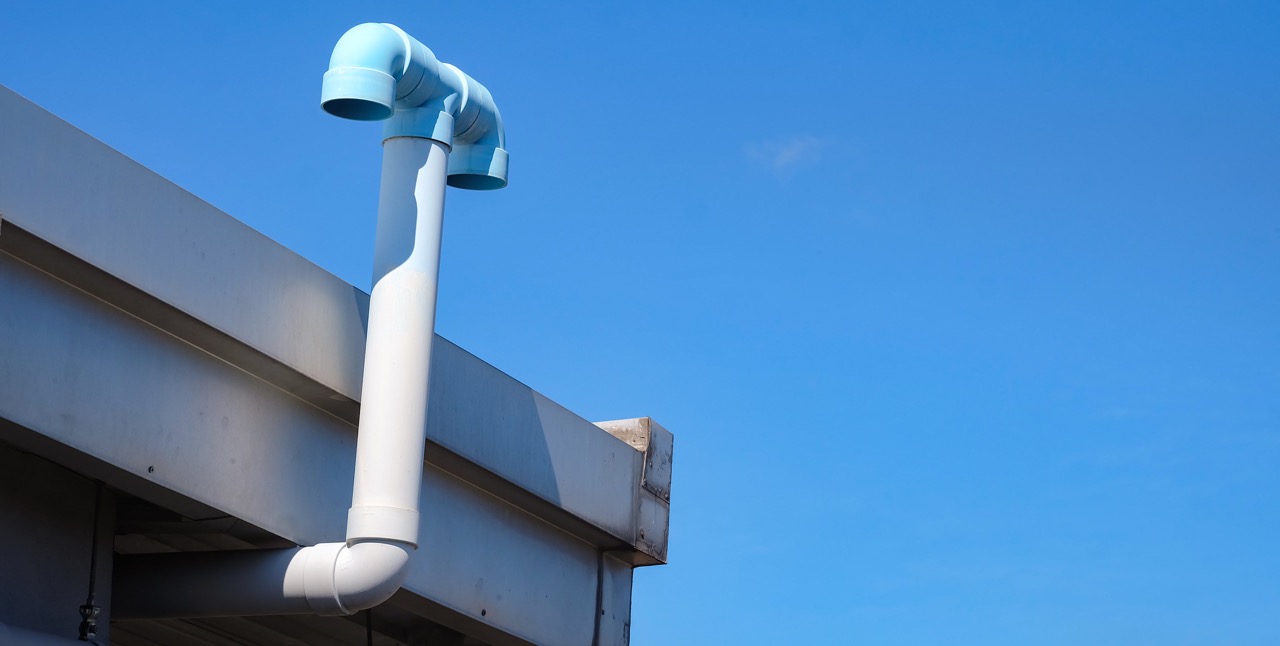

Articles
How To Find Plumbing Vent
Modified: March 2, 2024
Looking for informative articles on how to find plumbing vents? Explore our comprehensive guides and expert tips to locate plumbing vents efficiently.
(Many of the links in this article redirect to a specific reviewed product. Your purchase of these products through affiliate links helps to generate commission for Storables.com, at no extra cost. Learn more)
Introduction
Welcome to the world of plumbing! Whether you’re a homeowner, a renter, or just curious about how plumbing systems work, understanding the importance of plumbing vents is crucial. Plumbing vents may not be the most glamorous aspect of plumbing, but they play a vital role in ensuring the smooth operation of your plumbing system.
In this article, we’ll explore what plumbing vents are, why they are important, and how you can locate them in your home. So, let’s dive in and unravel the mystery behind plumbing vents!
Key Takeaways:
- Plumbing vents are essential for maintaining proper drainage flow, preventing clogs, and controlling foul odors. Understanding their importance and locating them can ensure a well-functioning plumbing system.
- Signs of a missing or blocked plumbing vent include slow draining, gurgling noises, foul odors, and multiple plumbing issues. Promptly addressing these signs and seeking professional help can prevent further damage to the plumbing system.
Read more: How To Install A Plumbing Vent
What is a Plumbing Vent?
A plumbing vent is an essential component of a plumbing system that helps regulate air pressure and maintain proper drainage flow in the pipes. It is essentially a pipe that extends from the plumbing system and protrudes through the roof of a building.
The primary function of a plumbing vent is to allow air to enter the plumbing system and equalize the pressure, preventing the formation of a vacuum. When water flows through drain pipes, it creates suction, which can hinder the smooth flow of water and lead to clogs and backups. By providing a means for air to enter the system, plumbing vents alleviate this suction and ensure water flows freely.
Plumbing vents also play a crucial role in controlling odors. Without proper venting, waste gases and foul odors from the drainage system can permeate into the living spaces, causing unpleasant smells and potential health hazards. By venting the plumbing system, these gases are safely directed outside, keeping your home smelling fresh and maintaining a healthy environment.
Additionally, plumbing vents prevent water traps from drying out. A water trap, commonly found in sinks, toilets, and floor drains, is designed to hold a small amount of water, creating a barrier that prevents sewer gases from entering the living area. However, without a vent, the draining water can create a vacuum, siphoning the water out of the traps and removing this protective barrier. Plumbing vents prevent the loss of water traps by allowing air to enter the system and balance the pressure.
In summary, a plumbing vent acts as a vital component of a plumbing system, equalizing pressure, controlling odors, and maintaining the integrity of water traps. Without a properly functioning vent, your plumbing system may experience issues such as slow drains, foul odors, and potential backups.
Importance of Plumbing Vents
Plumbing vents are often overlooked or misunderstood, but their importance cannot be overstated. Here are some key reasons why plumbing vents are crucial for your home’s plumbing system:
1. Air Pressure Regulation: Plumbing vents help regulate air pressure within the plumbing system. When water is drained from fixtures, a vacuum can be created, which hinders the smooth flow of water. By providing an outlet for air to enter the system, plumbing vents prevent this vacuum effect and allow water to flow freely.
2. Prevention of Clogs and Backups: A properly vented plumbing system reduces the likelihood of clogs and backups. Without a vent, water can’t flow smoothly, increasing the chances of debris and residue accumulating in the pipes, leading to blockages. The presence of a vent ensures that water drains efficiently, minimizing the risk of clogs and backups.
3. Odor Control: Plumbing vents play a vital role in controlling foul odors. Without proper venting, sewer gases can be trapped within the plumbing system, causing unpleasant smells to emanate from drains and fixtures. The presence of a vent allows these gases to escape outside, keeping your home free from unpleasant odors.
4. Protecting Water Traps: Water traps, such as those found in sinks, toilets, and floor drains, create a barrier that prevents sewer gases from entering your living spaces. A properly functioning vent ensures that the water traps are not compromised by siphoning. Without a vent, water can be sucked out of the traps, leaving them dry and ineffective at containing odors.
5. Preventing Pipe Damage: In cases where a plumbing system has no vent, the absence of air pressure regulation can cause damage to the pipes. When water flows through the drains, the pressure imbalance can put unnecessary stress on the pipes, potentially leading to cracks, leaks, or even pipe bursts. Plumbing vents help maintain balanced pressure within the system, protecting your pipes from damage.
By understanding the importance of plumbing vents, you can appreciate their role in ensuring the efficiency and longevity of your plumbing system. Regular inspection and maintenance of vents are crucial to ensure they are functioning properly and contributing to the overall well-being of your plumbing system.
Signs of a Missing or Blocked Plumbing Vent
A missing or blocked plumbing vent can have significant consequences for your plumbing system. It is important to recognize the signs that indicate a potential issue with your plumbing vent. Here are some common signs to look out for:
1. Slow Draining: If you notice that your sinks, toilets, or tubs are draining slowly, it could be a sign of a blocked plumbing vent. Without proper venting, the air pressure in the plumbing system is disrupted, causing water to drain slowly or become stagnant.
2. Gurgling Noises: Unusual gurgling or bubbling sounds coming from your drains may indicate a problem with your plumbing vent. These noises occur when air struggles to enter the system due to a blockage or obstruction in the vent pipe. The disrupted airflow can cause water to bubble or create strange noises as it drains.
3. Foul Odors: A missing or blocked plumbing vent can lead to foul odors emanating from your drains. Without proper venting, sewer gases have no way to escape, resulting in unpleasant smells permeating your living spaces. If you notice persistent odors in your home, it may be a sign of a venting issue.
4. Gushing Sounds in Toilets: If you hear gushing or running water sounds in your toilet when other fixtures are used, it could indicate a problem with the plumbing vent. The lack of proper venting can create pressure imbalances in the system, causing water to flow forcefully in the toilet bowl.
5. Multiple Plumbing Issues: If you’re experiencing a combination of plumbing problems, such as slow draining, foul odors, and gurgling noises, it may indicate a larger issue with the plumbing vent. Multiple issues occurring simultaneously suggest that there is a common underlying cause, such as a missing or blocked vent.
It is important to address these signs promptly to prevent further damage to your plumbing system. If you notice any of these indications, it is recommended to consult a professional plumber who can assess the situation and determine the best course of action.
Remember that regular maintenance and inspection of your plumbing vents can help prevent these problems from occurring. Ensuring that your vents are clear and functioning properly will contribute to the efficient and trouble-free operation of your plumbing system.
How to Locate Plumbing Vent
Locating your plumbing vent may seem like a daunting task, but with the right knowledge and guidance, it can be a relatively straightforward process. Here are some steps to help you locate your plumbing vent:
Step 1: Inspecting the Roof: Start by examining your roof for any pipes or vents protruding through the surface. Plumbing vents are typically located on the roof and often appear as small pipes or stacks. Look for PVC pipes, metal pipes, or vent caps that indicate the presence of a plumbing vent.
Step 2: Observing Drain Pipes: Another way to locate your plumbing vent is by observing the drain pipes inside your home. Follow the drain pipes from the sinks, toilets, or tubs up through the walls and ceilings. In some cases, the vent pipe may run alongside the drain pipe, providing a clue to the vent’s location.
Step 3: Tracing Drainage Systems: Understanding the layout of your home’s drainage system can provide insights into the location of the plumbing vent. Typically, plumbing vents are connected to the main drainage stack, which is a vertical pipe that collects waste water from multiple fixtures. Trace the main drainpipe and look for any branches or extensions that could indicate the presence of a vent.
Step 4: Seeking Professional Help: If you’re having difficulty locating your plumbing vent or are unsure about the layout of your plumbing system, it may be wise to seek assistance from a professional plumber. Plumbers have the expertise and tools to accurately locate plumbing vents and can provide guidance tailored to your specific home.
Remember to always exercise caution when inspecting your roof or working with plumbing systems. If you are uncomfortable or unsure about performing the steps yourself, it is best to enlist the help of a professional to ensure safety and accuracy.
Locating your plumbing vent is essential for understanding the overall functionality of your plumbing system. By knowing the location of your vent, you can better maintain and troubleshoot any potential issues that may arise.
Look for a pipe protruding from the roof, typically 2-3 inches in diameter. This is likely the plumbing vent. You can also trace the vent pipe from the drain system up to the roof.
Read more: How To Vent A Bathroom Plumbing
Step 1: Inspecting the Roof
When it comes to locating your plumbing vent, the first step is to inspect your roof. Plumbing vents are typically protrusions on the roof surface, which can be identified by their pipe-like structures or vent caps. Follow these guidelines to ensure a thorough inspection:
1. Safety First: Before you begin, prioritize your safety. Make sure to wear appropriate footwear with good traction to prevent slipping, and take precautions to avoid any potential hazards.
2. Survey the Roof: Take a careful look at your roof, scanning its surface for any visible signs of plumbing vents. Look for small pipes made of PVC or metal, which are typically the vent pipes. These pipes can sometimes be hidden among other roof fixtures, so be thorough in your search.
3. Pay Attention to Vent Caps: Vent caps are often installed on top of plumbing vents to prevent debris and critters from entering. Look for circular or square-shaped caps that sit atop pipes. These caps may be made of plastic, metal, or a combination of both. Their purpose is to prevent rainwater from entering the vent pipe while still allowing air to circulate.
4. Check the Attic: If you have access to your attic, take the opportunity to inspect the area for any vent pipes penetrating through the roof structure. Look for pipes extending vertically from the ceiling and leading upwards to the roof. Note the location and size of any pipes found, as this will help you identify them later from the exterior.
5. Consider the Roof Layout: Keep in mind that plumbing vents are typically aligned with the drainage pipes in your home. Therefore, take into account the location of your bathrooms, kitchen, and other plumbing fixtures to help you narrow down potential areas on the roof where the vents may be located.
6. Seek Professional Assistance: If you are unable to locate the plumbing vent or are unsure about climbing on the roof, it is advisable to seek the help of a professional plumber. They have the expertise and experience to accurately identify plumbing vents and can safely access the roof to inspect and address any issues.
By carefully inspecting your roof, you can often find the plumbing vents and gain a better understanding of your home’s plumbing system. Remember to prioritize safety and seek professional assistance if needed. Once you have located the plumbing vent, you can move on to the next steps in understanding and maintaining your plumbing system.
Step 2: Observing Drain Pipes
When trying to locate your plumbing vent, observing the drain pipes inside your home can provide valuable clues. By following these steps, you can gain insight into the potential location of the plumbing vent:
1. Identify the Drain Pipes: Take note of the drain pipes connected to your sinks, toilets, tubs, and other plumbing fixtures in your home. Observe their paths as they extend from the fixtures, through the walls, and into the ceilings or floors.
2. Look for Vent Pipe Connections: In some cases, you may notice a separate pipe running alongside a drain pipe. This additional pipe indicates the presence of a plumbing vent. The vent pipe is designed to allow air to enter the plumbing system and ensure proper drainage.
3. Pay Attention to Vent Connections: Examine the area where the drain pipe meets the wall or floor. If there is a vent pipe present, it should be connected to the drain pipe at this point. Look for additional pipes that branch off from the main drain pipe, as these could be vent pipes.
4. Check for Any Vent Terminations: Keep an eye out for vent terminations in your home. These are openings in the walls, ceilings, or floors that allow air to escape from the vent pipes. They are typically covered by grates or caps to prevent debris from entering.
5. Consider the Vertical Path: Plumbing vents are often routed vertically to reach the roof. Therefore, take note of any vertical pipes that intersect with the drain pipes in your home. This vertical routing is necessary to allow the vent to protrude through the roof and maintain proper air pressure.
6. Seek Help If Needed: If you are unsure about identifying the vent pipes or have difficulty distinguishing them from other plumbing components, consider consulting a professional plumber. They can provide expert guidance and help you locate the plumbing vent accurately.
Remember that plumbing vent configurations can vary depending on the layout of your home’s plumbing system. By observing the drain pipes and looking for connections that indicate the presence of a vent pipe, you can get closer to locating your plumbing vent and understanding the overall structure of your plumbing system.
Step 3: Tracing Drainage Systems
Tracing the drainage systems in your home can provide valuable insights into the location of your plumbing vent. By following these steps, you can better understand the layout of your plumbing system and potentially locate the vent:
1. Identify the Main Drainage Stack: Start by identifying the main drainage stack in your home. This vertical pipe collects wastewater from multiple fixtures and carries it to the sewer or septic system. Typically, the plumbing vent is connected to this main stack.
2. Follow the Drain Pipes: Examine the path of the drain pipes connected to your sinks, toilets, tubs, and other fixtures. Trace these pipes as they branch off from the main stack and extend to the respective fixtures.
3. Look for Branches or Extensions: Pay close attention to any branches or extensions that deviate from the main drain pipe. These are potential locations where the plumbing vent may connect to release air pressure.
4. Consider the Vertical Routing: Plumbing vents are often routed vertically to reach the roof, where they protrude through the surface. Look for signs of vertical pipes that align with the drainage system, as these are likely vent pipes.
5. Inspect Suspended Ceilings or Chases: If your home has suspended ceilings or chases, these areas can provide access to the plumbing system. Remove ceiling panels or access panels and observe the pipes running through these spaces. This can help you identify the presence of vent pipes.
6. Consult Plumbing Diagrams: If available, refer to any plumbing diagrams or blueprints of your home. These documents can provide a visual representation of the plumbing system and may indicate the location of the plumbing vent.
7. Seek Professional Assistance: If you are having difficulty tracing the drainage systems or are unsure about the layout of your plumbing system, consider seeking the help of a professional plumber. They have the expertise and knowledge to accurately locate the plumbing vent and provide guidance specific to your home.
Tracing the drainage systems can be a complex process, but it can greatly enhance your understanding of your home’s plumbing system. By identifying the main stack, following drain pipes, and considering vertical routing, you can get closer to locating your plumbing vent and maintaining a properly functioning plumbing system.
Step 4: Seeking Professional Help
Locating a plumbing vent can sometimes be challenging, especially if you’re unfamiliar with your home’s plumbing system or have difficulty accessing certain areas. In such cases, it is advisable to seek the assistance of a professional plumber who can provide expert guidance and accurate identification of the plumbing vent. Here are some reasons why professional help may be necessary:
1. Expertise and Experience: Professional plumbers have the knowledge and experience to accurately identify plumbing vents. They are trained to understand the intricacies of various plumbing systems and can quickly assess the layout and design of your home’s plumbing system.
2. Safety Considerations: Climbing onto the roof or accessing hidden areas of your plumbing system can be dangerous, especially if you’re not experienced or confident in doing so. Professional plumbers are equipped with safety gear and know how to navigate potentially hazardous environments while ensuring their own safety and that of your property.
3. Specialized Equipment: Plumbers have access to specialized tools and equipment that can aid in the identification and location of plumbing vents. These tools, such as specialized cameras and diagnostic equipment, can provide a clear view of the plumbing system and help pinpoint the exact location of the vent.
4. Troubleshooting Complex Issues: If you’re experiencing persistent plumbing problems, such as slow drains, foul odors, or gurgling noises, a professional plumber can assess the situation holistically. They can determine if the issue is related to a missing or blocked plumbing vent and provide the necessary repairs or solutions.
5. Save Time and Effort: In some cases, locating a plumbing vent may involve extensive inspection and investigation. By hiring a professional plumber, you can save time and effort, as they already possess the knowledge and tools to efficiently locate and address any issues with the plumbing vent.
When seeking professional help, it’s important to hire a reputable and licensed plumber. Ask for recommendations from friends, family, or neighbors, and ensure that the plumber you choose has the necessary qualifications and insurance coverage.
Remember, a plumbing vent is a vital component of your plumbing system, and its proper functioning is crucial for the smooth operation of your drains. By seeking professional help, you can ensure that your plumbing vent is accurately located and functioning optimally, contributing to the overall efficiency and reliability of your plumbing system.
Read more: How To Clear A Plumbing Vent
Conclusion
Understanding plumbing vents and their importance is essential for any homeowner or tenant. Plumbing vents play a crucial role in regulating air pressure, maintaining proper drainage flow, and preventing issues such as clogs, backups, and foul odors. By allowing air to enter the plumbing system, plumbing vents equalize the pressure and ensure the efficient flow of water.
Locating a plumbing vent may require some investigation, but it can be achieved through a systematic approach. By inspecting the roof, observing drain pipes, tracing drainage systems, and seeking professional help when needed, you can successfully locate your plumbing vent.
If you encounter signs of a missing or blocked plumbing vent, such as slow draining, gurgling noises, foul odors, or multiple plumbing issues, it is important to address the problem promptly. Seeking the assistance of a professional plumber can help identify and resolve any issues with your plumbing vent, ensuring the proper functioning of your plumbing system.
Remember, proper maintenance and regular inspection of your plumbing vent are key to preventing potential problems. By maintaining the integrity of your plumbing vent, you can enjoy a well-functioning plumbing system and avoid costly repairs down the line.
In conclusion, while plumbing vents may not be the most glamorous aspect of plumbing, they are vital for the overall functionality and efficiency of your plumbing system. By understanding the purpose and importance of plumbing vents, as well as how to locate them, you can ensure the smooth operation of your home’s plumbing and enjoy a comfortable living environment.
Frequently Asked Questions about How To Find Plumbing Vent
Was this page helpful?
At Storables.com, we guarantee accurate and reliable information. Our content, validated by Expert Board Contributors, is crafted following stringent Editorial Policies. We're committed to providing you with well-researched, expert-backed insights for all your informational needs.
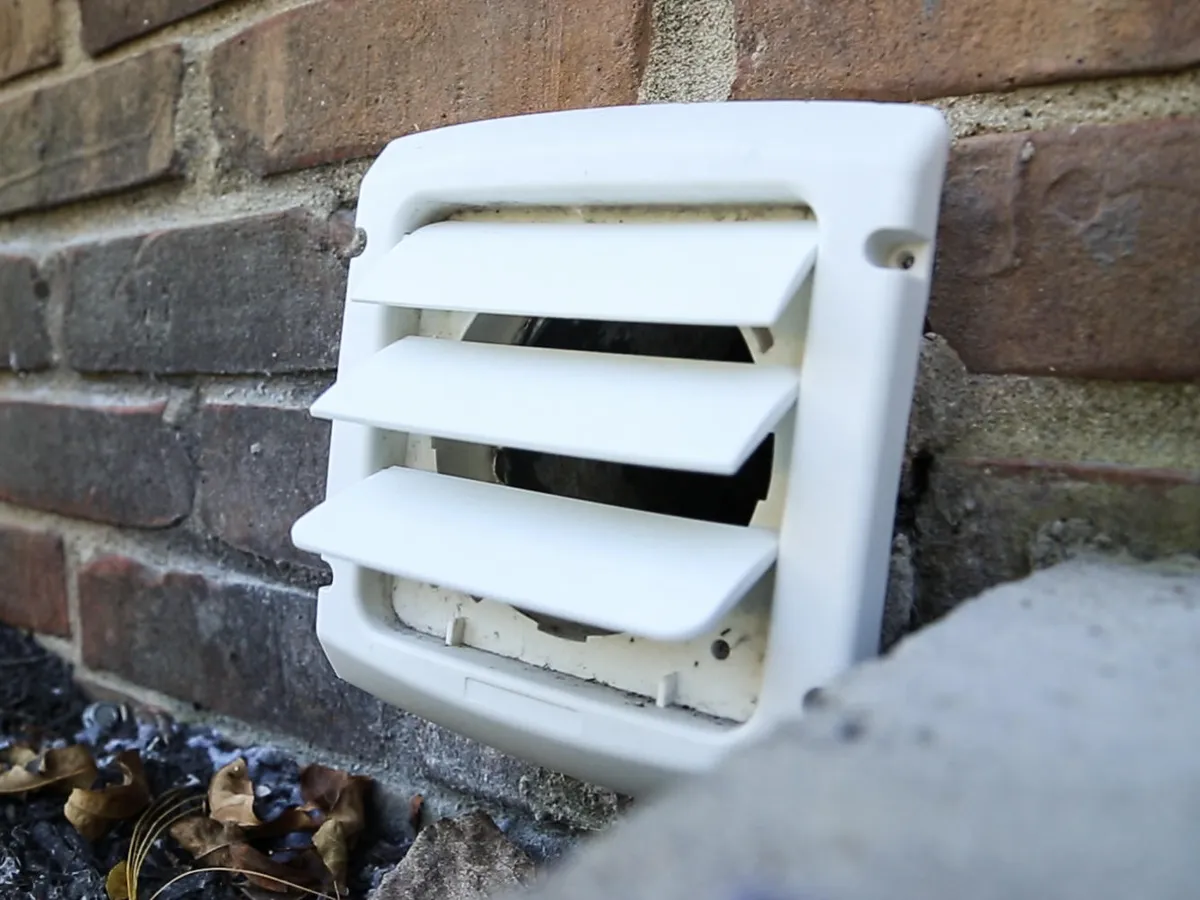
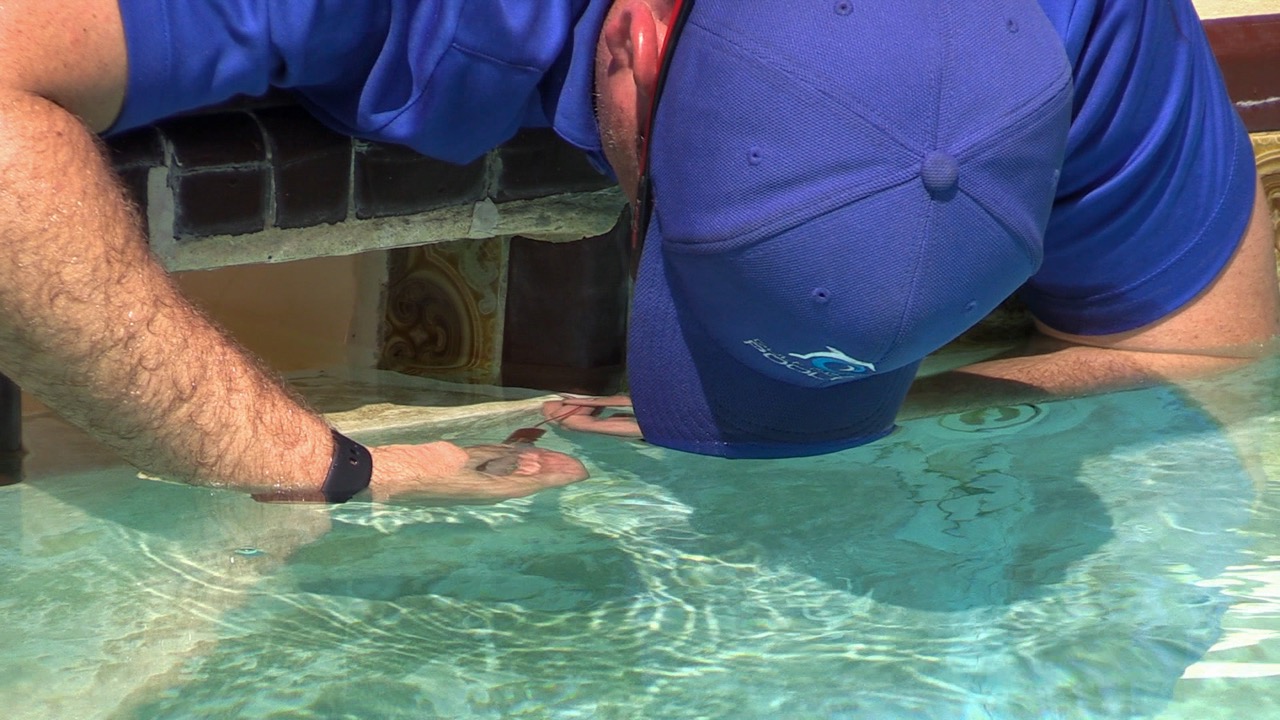
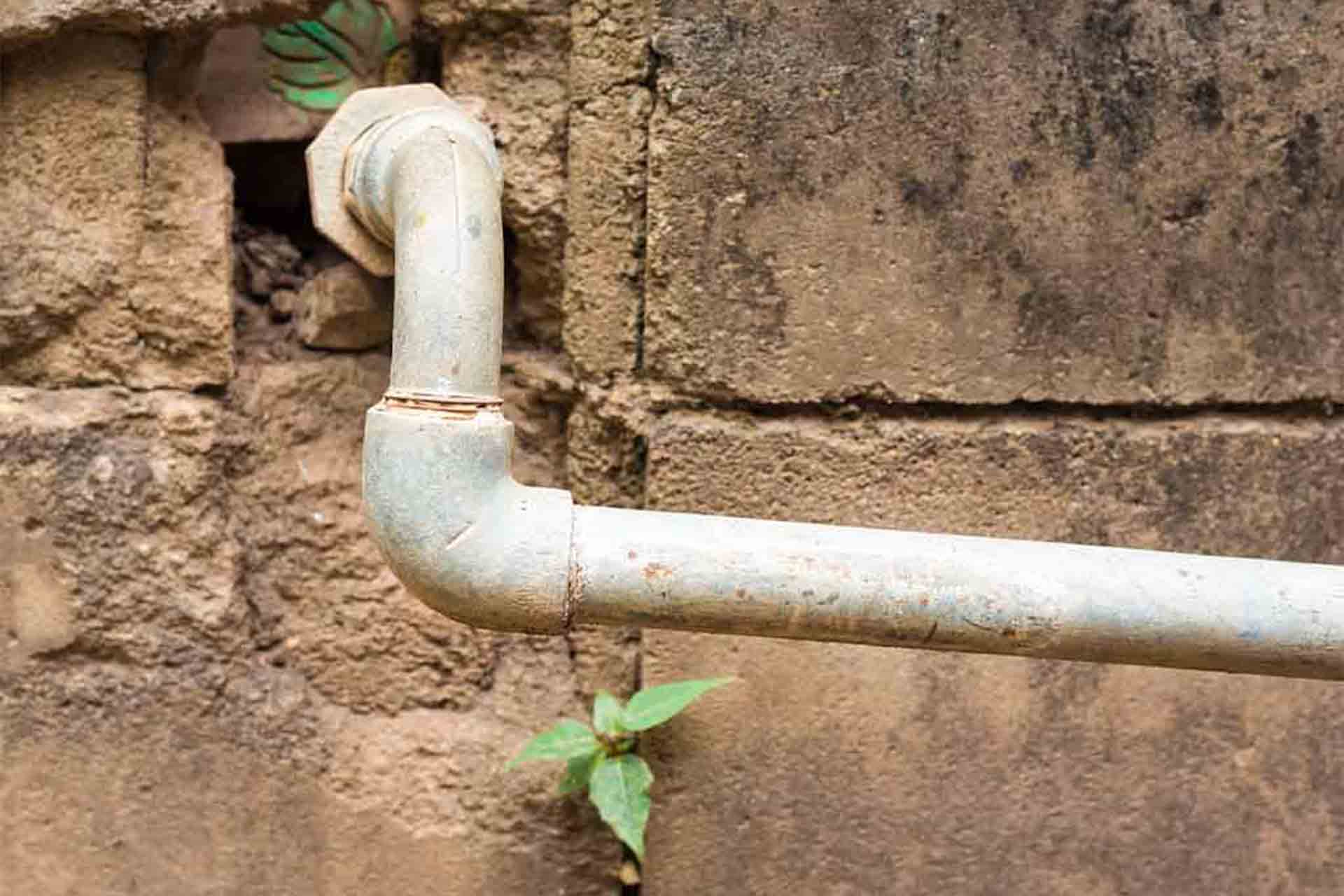
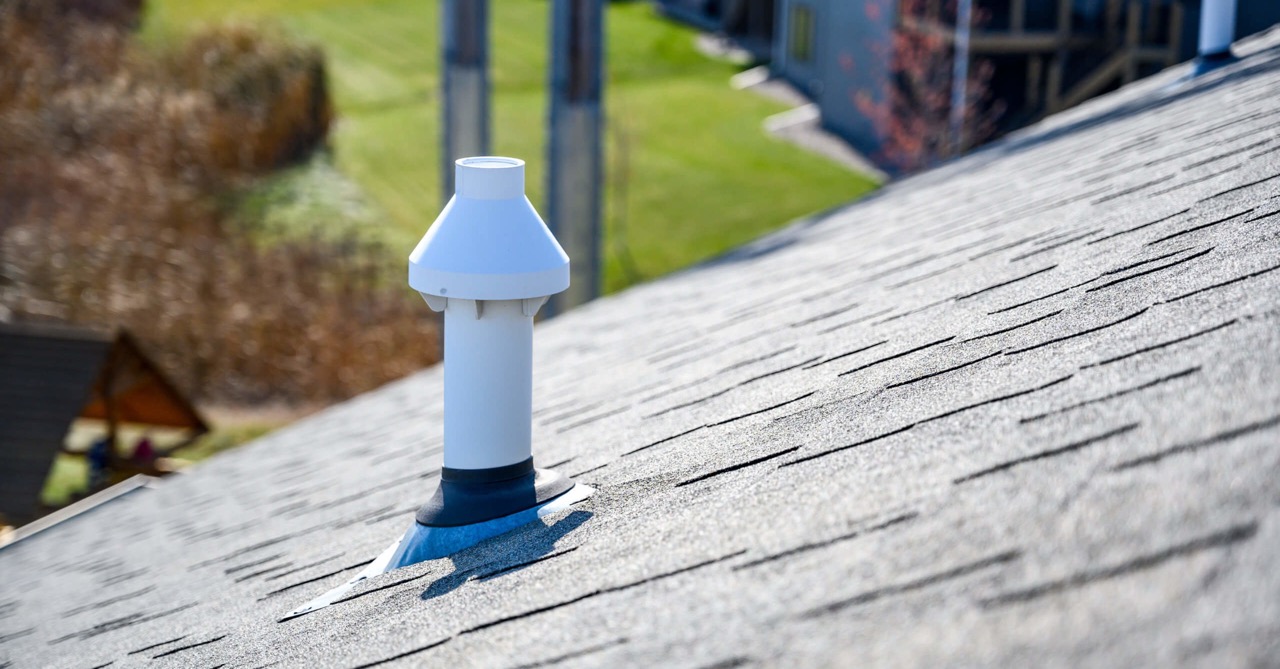
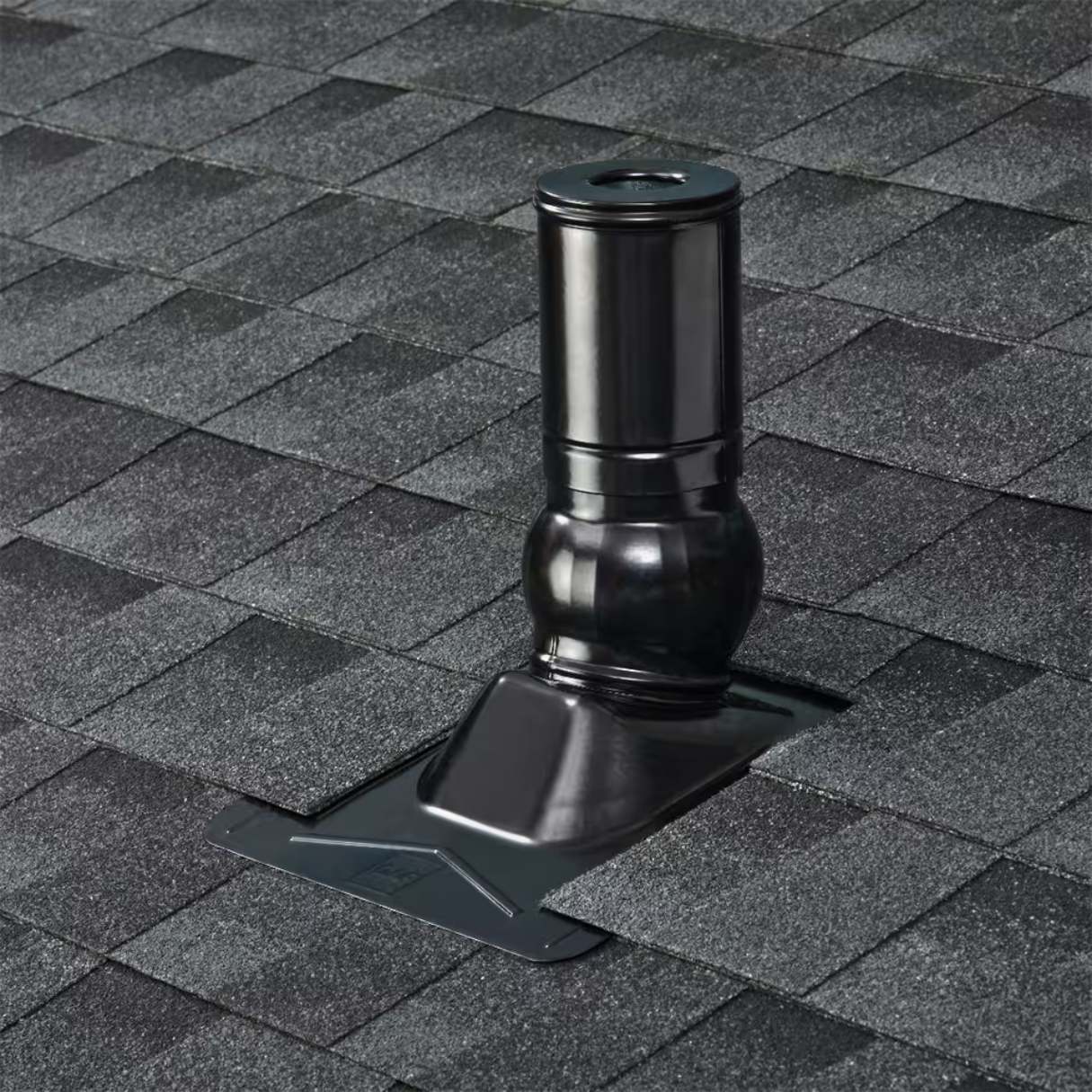
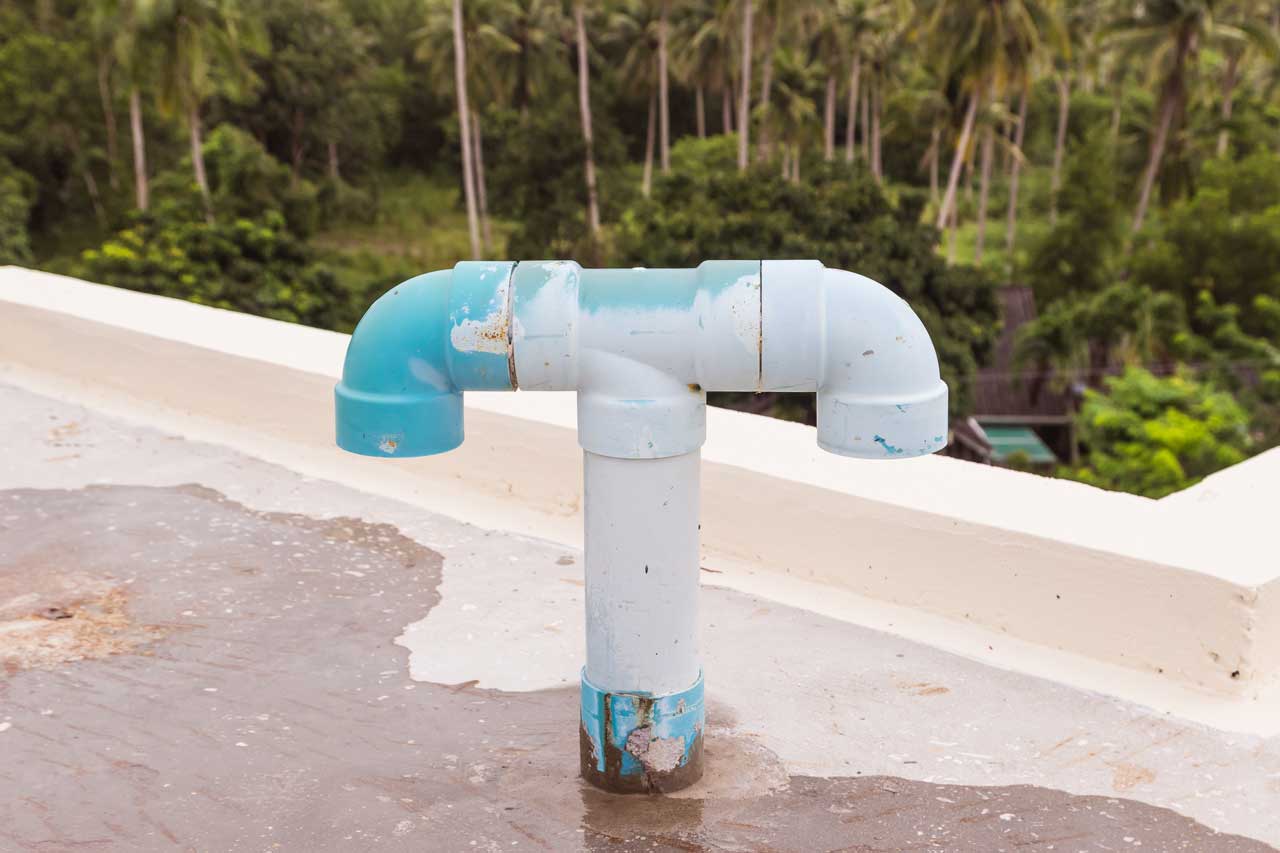
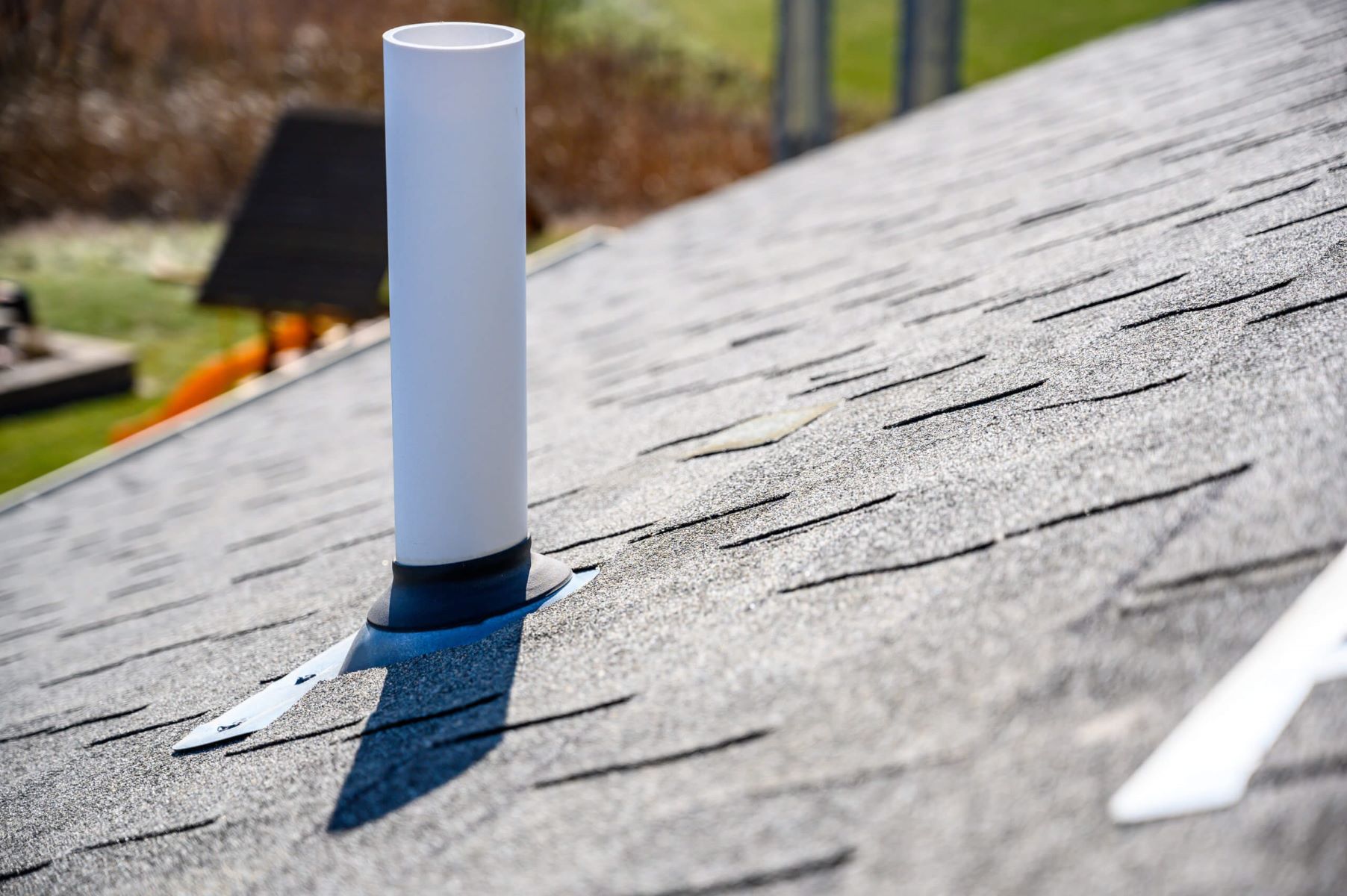
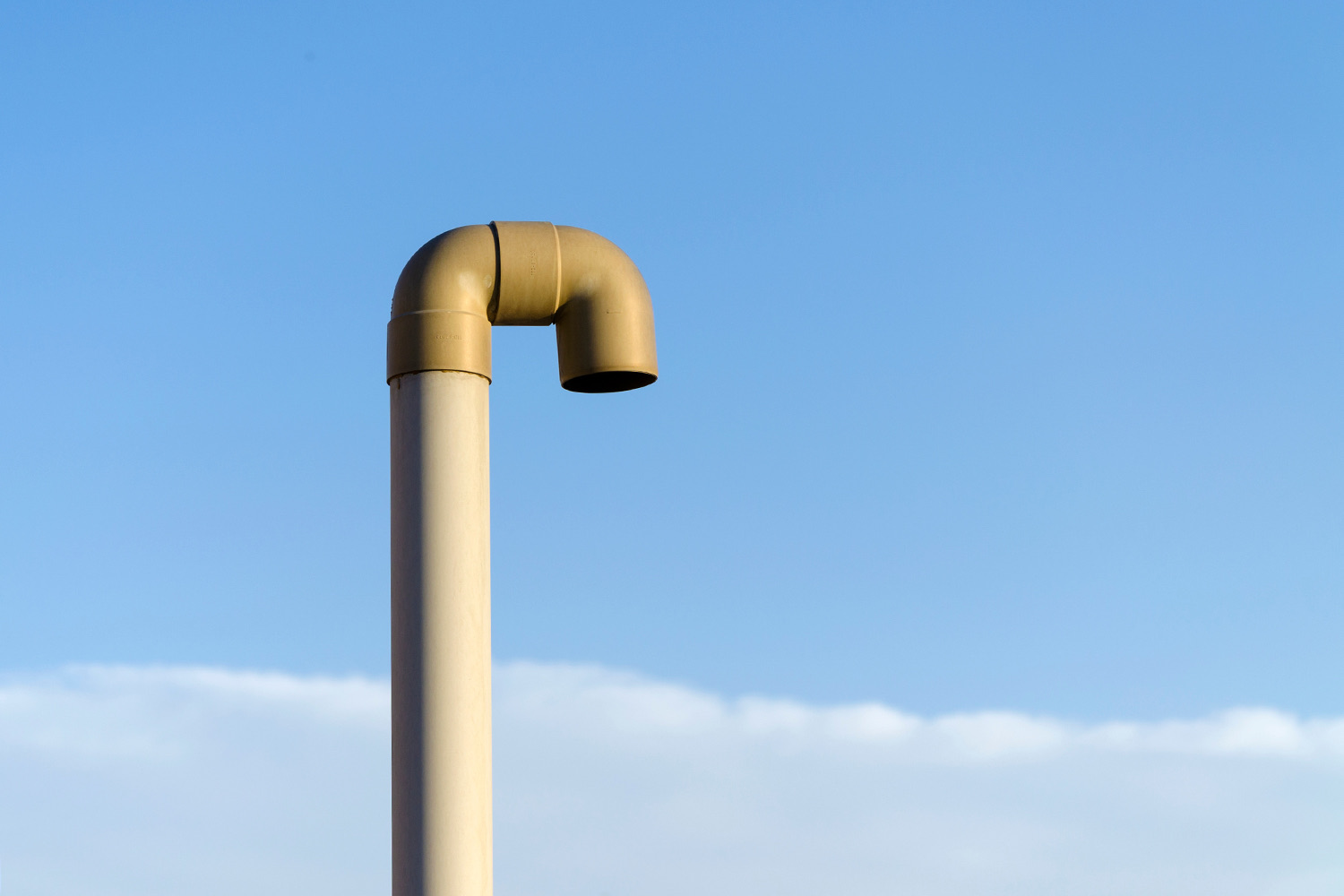
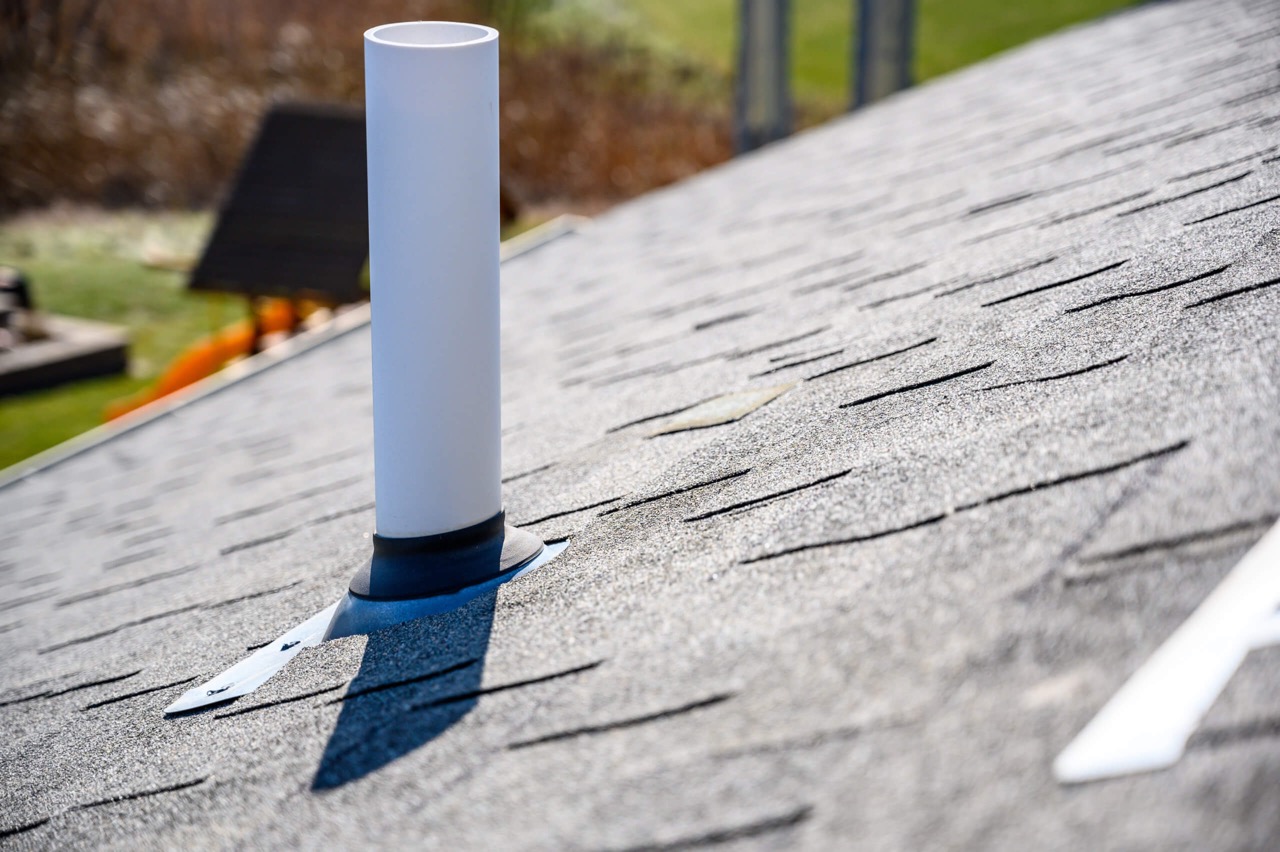
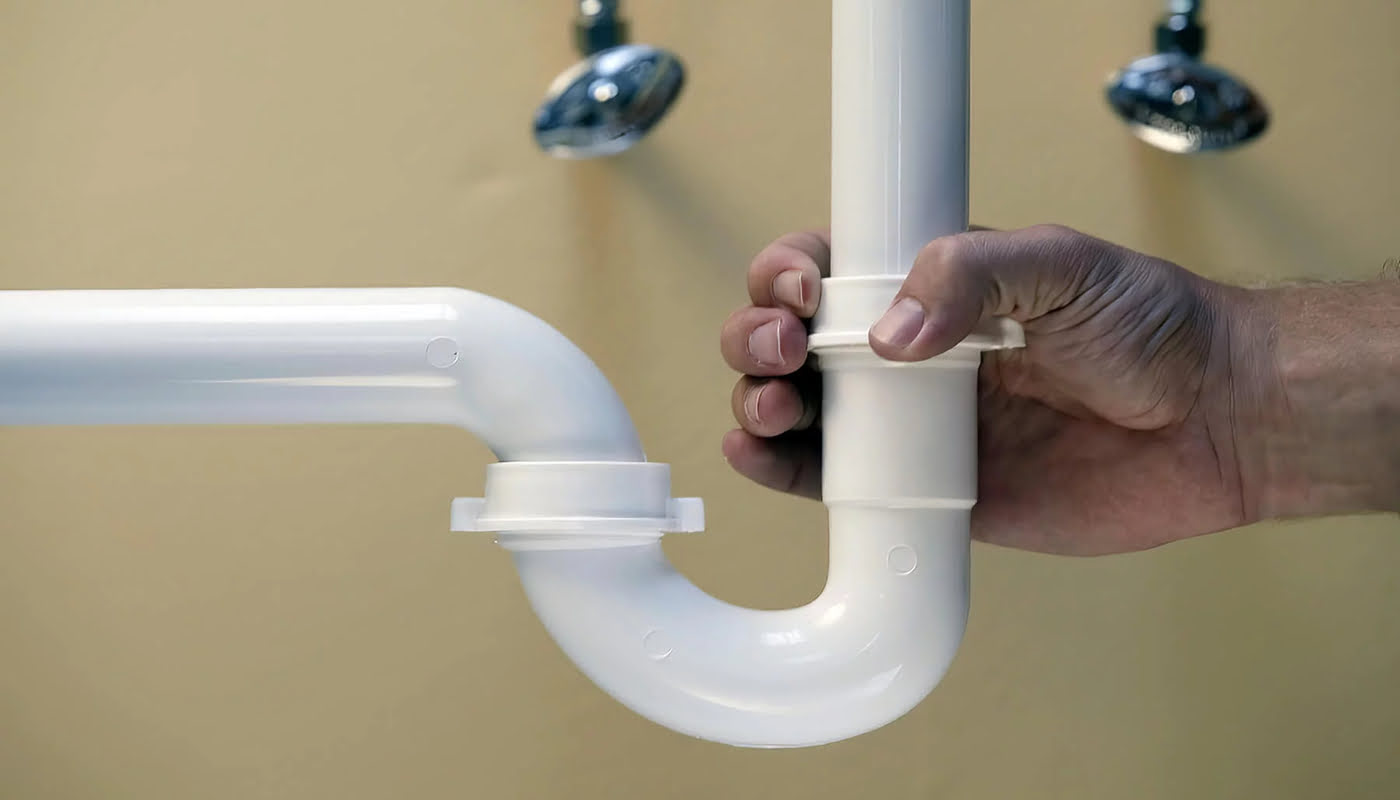
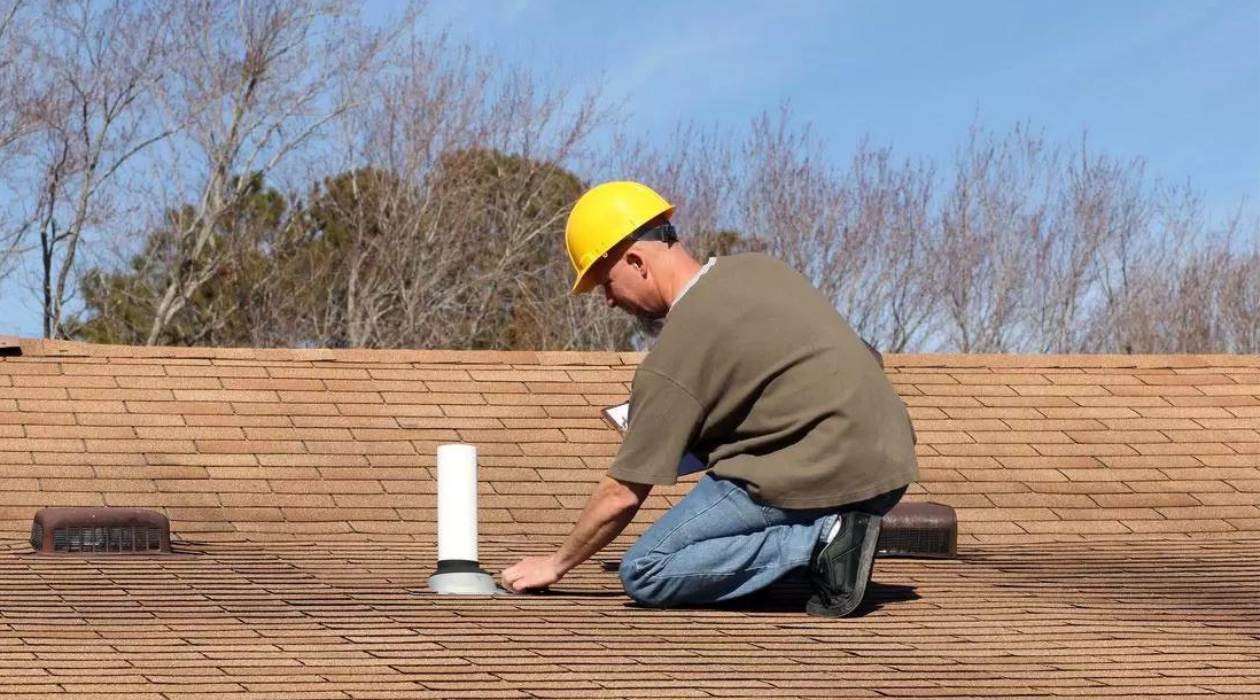
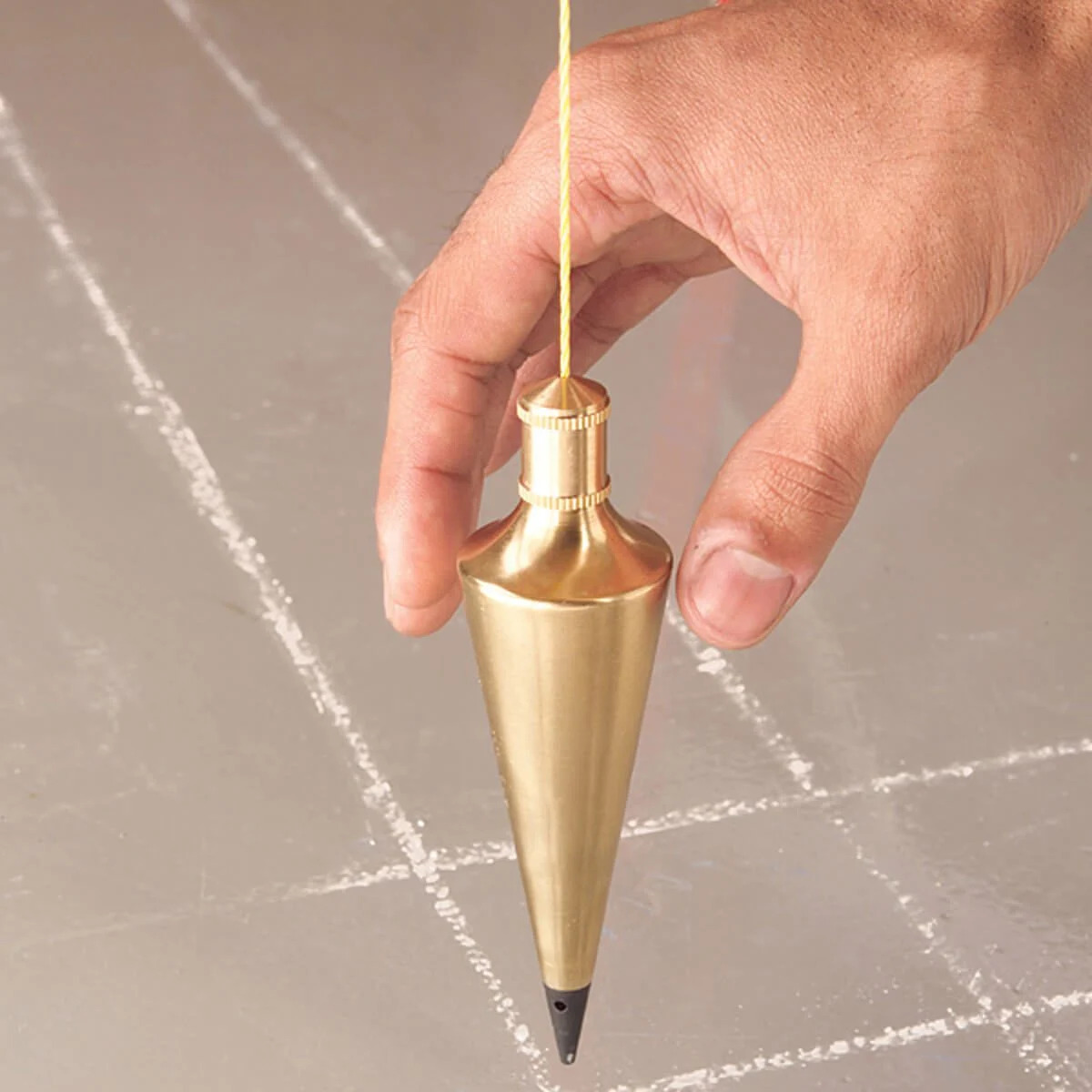
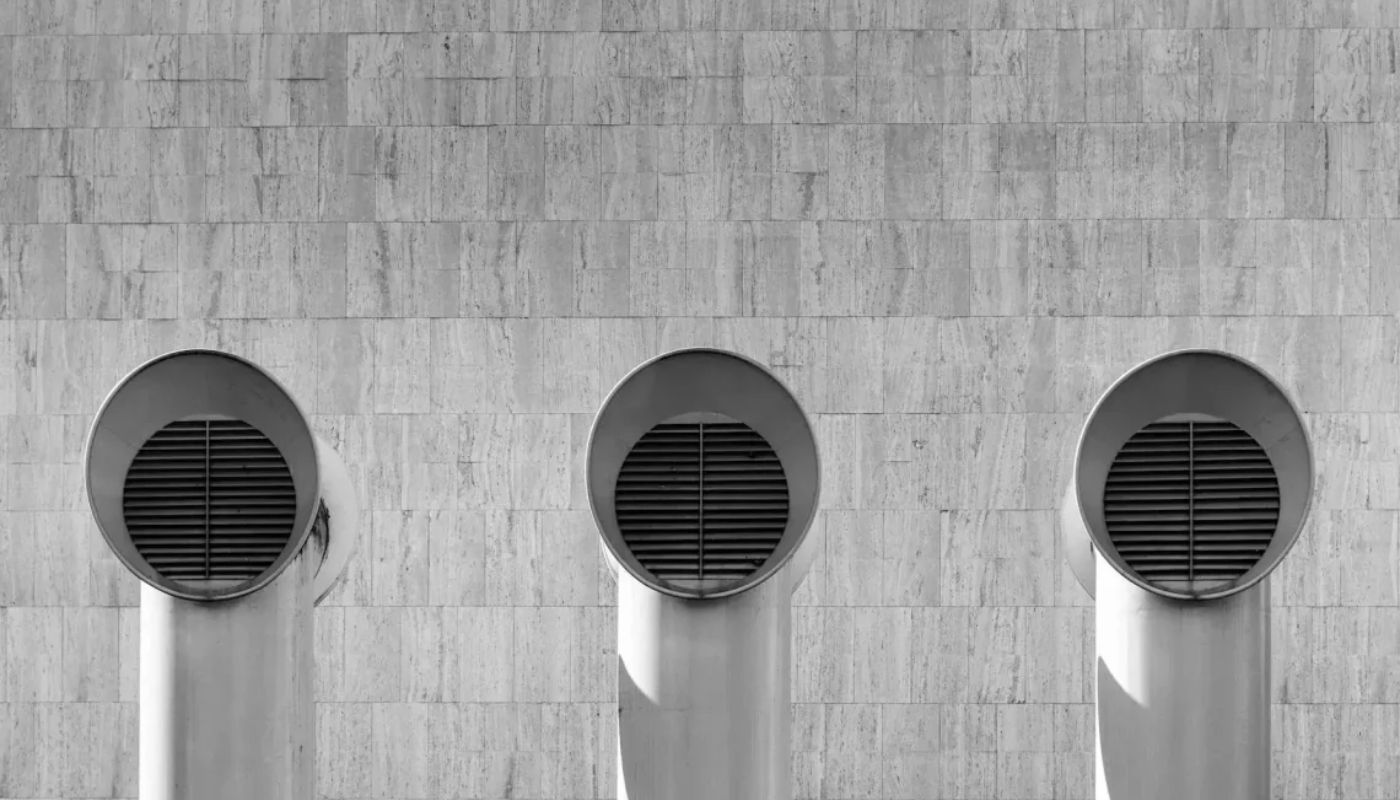

0 thoughts on “How To Find Plumbing Vent”